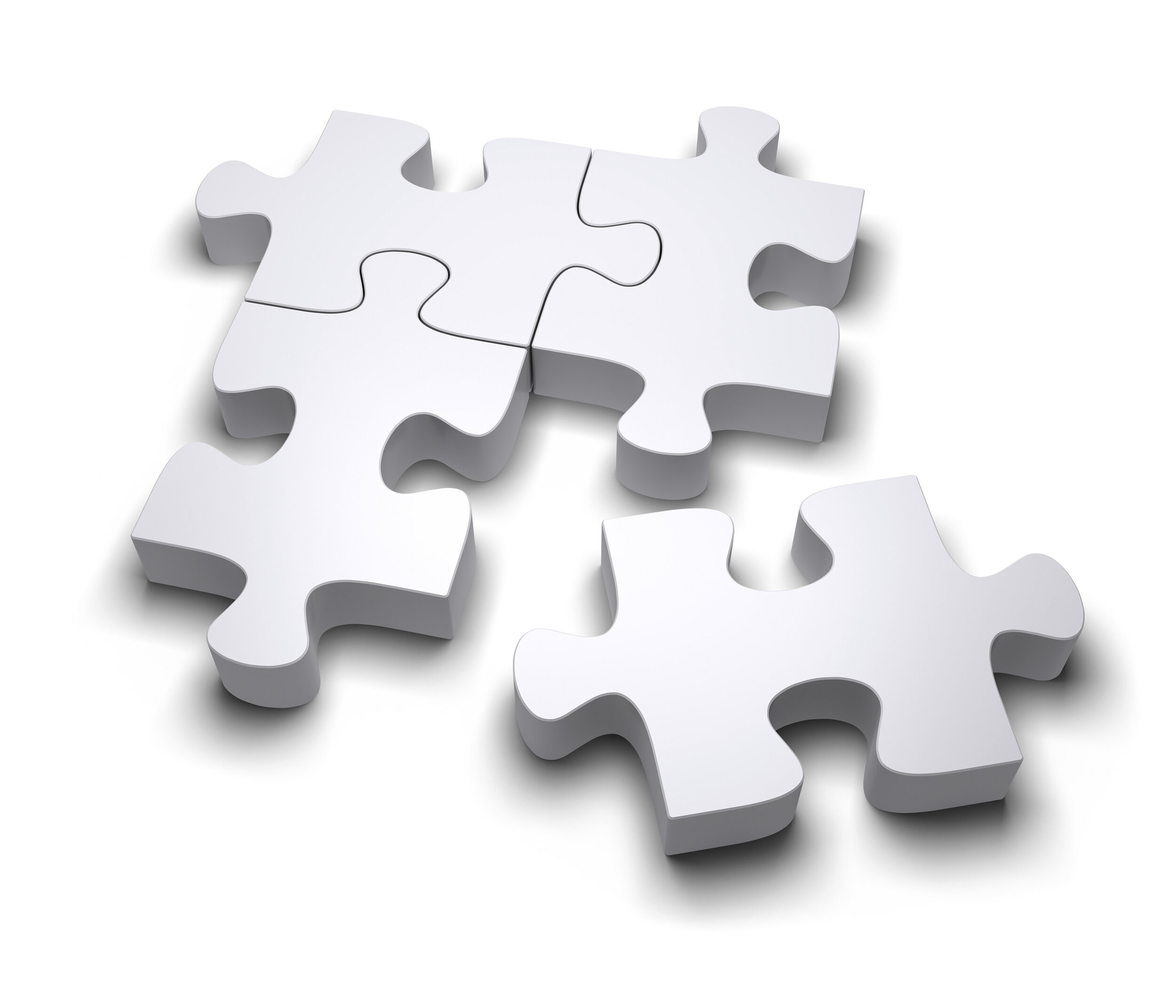Future fluency
Future fluency is developed by building a culture of engagement with the future. This means awareness, discussion and thinking. The initial stage will typically involve a futures review that looks at how the organization thinks about its total situation, internally and externally, and the choices it is making about moving forward. This requires a range of information to be collected and integrated: about the organization's history and present situation, about its purpose, about its possible future (both expected and desired), about its strategic intention, and about the steps taken to enact it.
Insight is gained by talking in depth to people, inside and outside the organization, about their objective and subjective experience of the changes taking place around them, to learn what they see as important and to understand their perspectives. The aim is to bring to the surface their prevailing mental maps of the organization’s strategic situation and its likely future(s). These findings are augmented with supplementary desk research.
All this information needs to be put into a form which allows it to be seen more or less at a glance, which means making various maps and diagrams which summarise the organization’s landscape and positioning, along with divergences of view, external challenges, etc. Descriptive language needs to be developed to allow discussion of the emerging future(s), ultimately enabling fluency in working with the new ideas involved.
It is likely that this mapping and discussion will highlight, for example, gaps that need to be explored, differences of interpretation, possible forks in the road, and dilemmas. Strategic dilemmas are often where work needs to be done, since they represent necessary areas of choice where various options are in tension with one another, or are mutually exclusive.
An effective way to process future-facing questions is to have a ‘strategic conversation’ about them. This is a facilitated discussion with the facilitator acting as a ‘guide on the side’, rather than a ‘sage on the stage’. The aim is to help participants zero in on the key issues and think creatively about how to frame and resolve them.
The conversation approach leads to dilemmas being resolved naturally. A form of consensus can be achieved in which the most promising direction for the organization becomes obvious to everyone, rather than appearing as a difficult or intractable ‘decision’ that has to be ‘made’.
‘The future is not the destination, it is the map.’
We never arrive in the future, we always remain in the present. So the future as we suppose it to be is not a destination, it is a map for our journey in the present.
Synthesys’ aim therefore is to help you create the most effective possible map for your journey.
